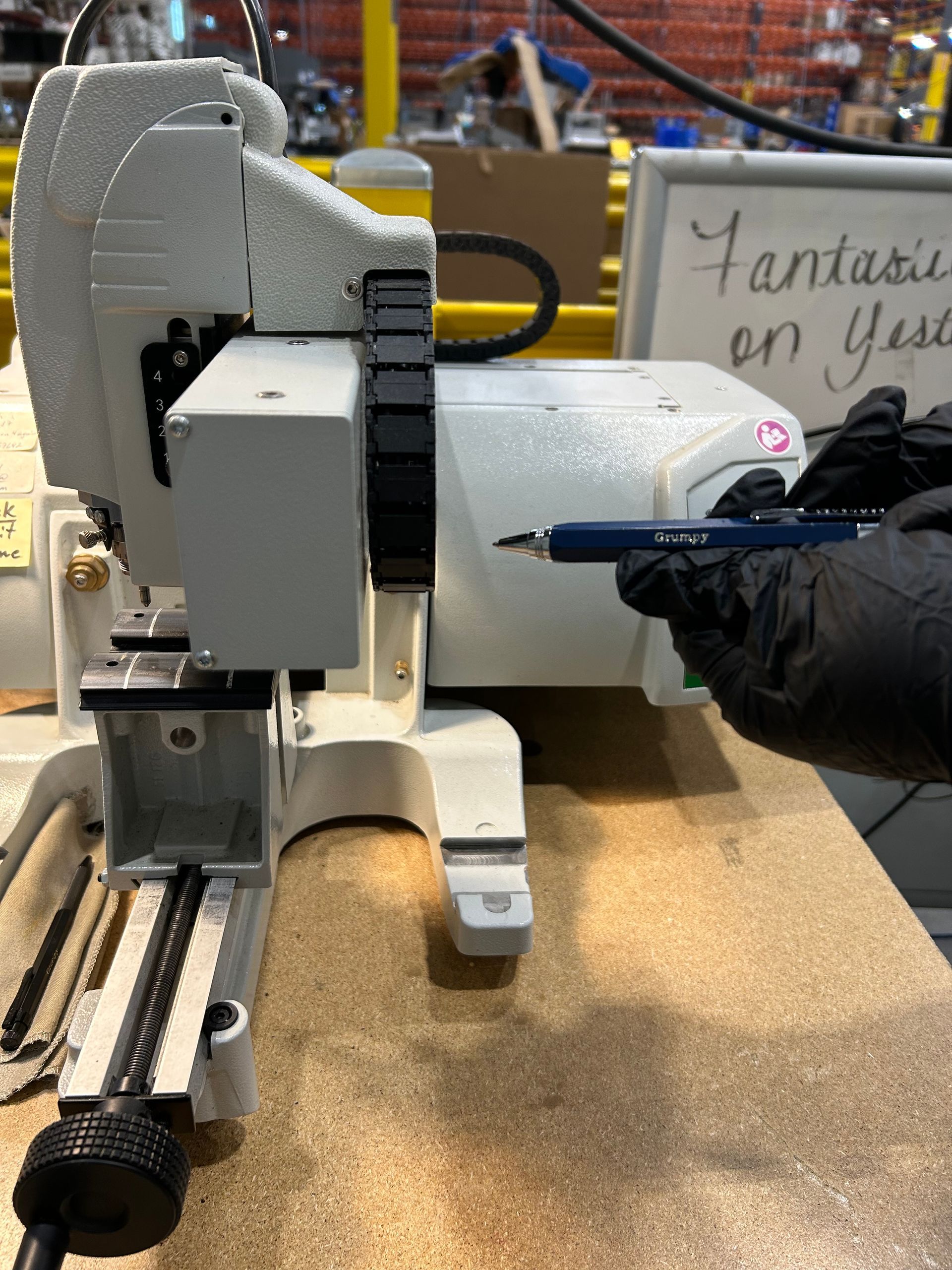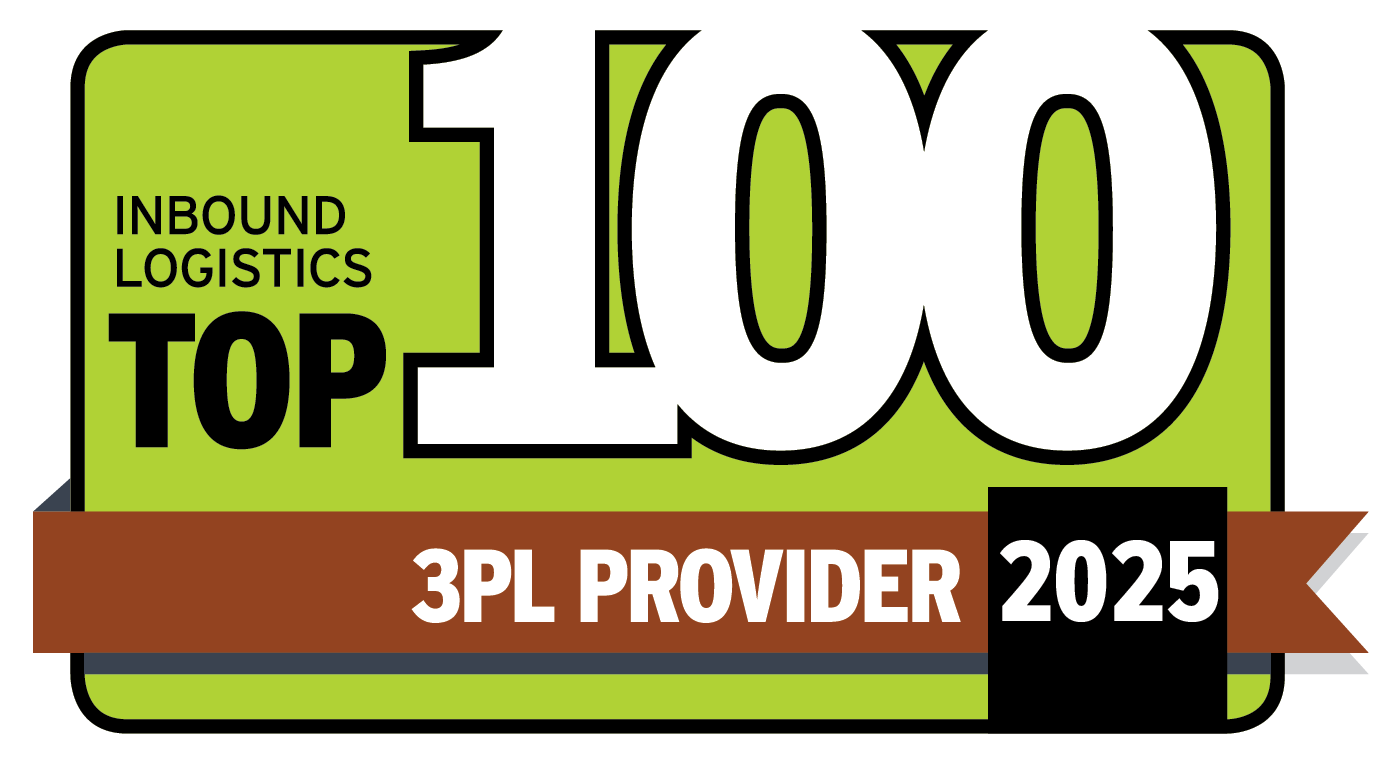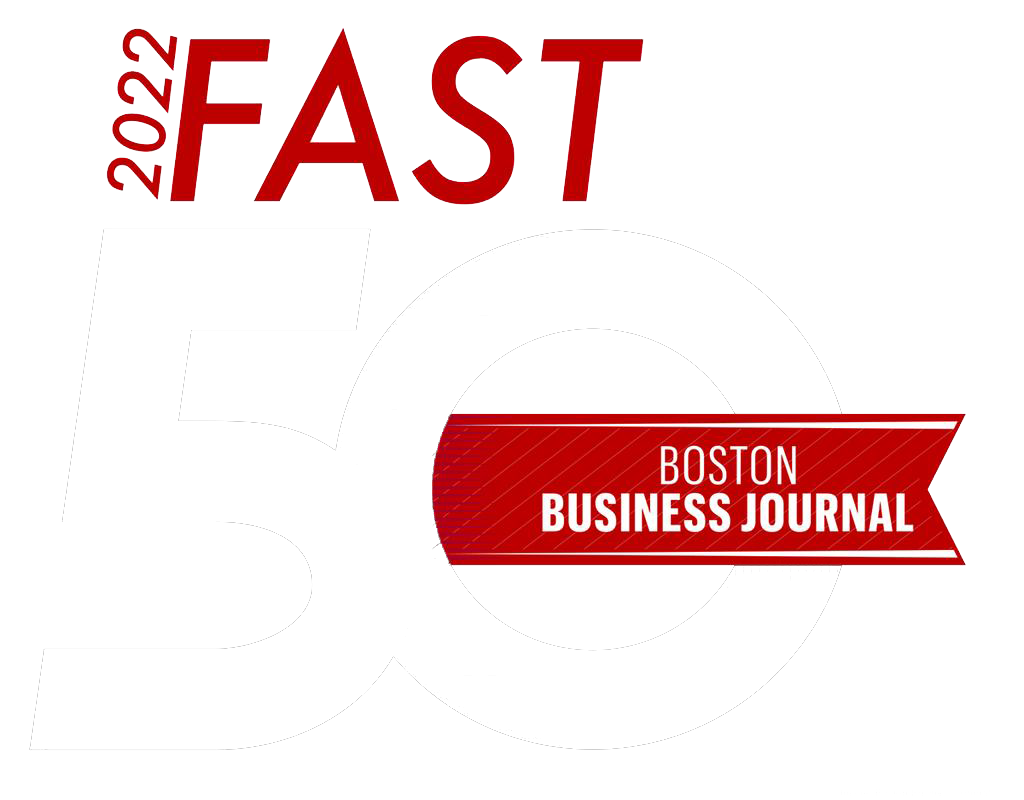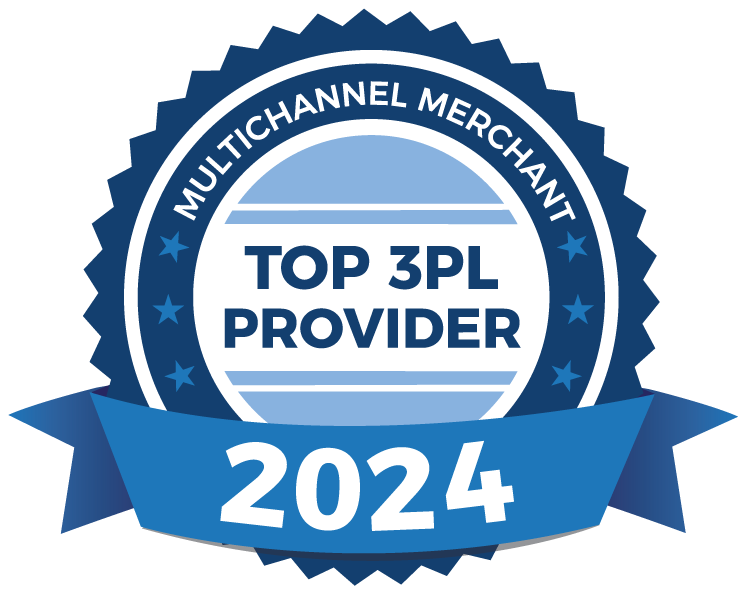eCommerce Fulfillment 101: Understanding Quantity on Hand and Inventory Accuracy
Why Quantity on Hand Is a Game-Changer for eCommerce
Inventory Management
Picture this: your team is gearing up for a major product drop. Inventory has been ordered, demand is high and marketing is in full swing. But as orders roll in, the fulfillment center doesn’t have the stock to keep up. Why? Because the new inventory is still in transit, and what’s on-hand isn’t enough.
Scenarios like this are too common when brands don’t accurately see what’s physically available to ship. That’s where quantity on hand (QOH) comes in.
In this article, we’ll break down what quantity on hand actually means, how it compares to other inventory metrics and why it's a critical piece of any strong inventory strategy.
What Does Quantity on Hand Mean?
Quantity on hand refers to the total number of product units currently stored in your fulfillment center(s) and available for use. It’s the actual, physical count of your inventory—what’s in the building and on the shelf.
QOH includes inventory that’s been reserved for pending orders but excludes anything that has already been picked, packed or shipped.
At ÃÛÌÒ´«Ã½ ÃÛÌÒ´«Ã½Centers, we help you monitor exactly how much of each SKU is in-house and fulfillment-ready—no surprises, no guesswork.
Quantity on Hand vs. Available Quantity
Though the terms sound interchangeable, there’s a clear distinction:
- Quantity on hand: All physical units in your warehouse (including units allocated to unshipped orders)
- Available quantity: Units available for new orders (excludes anything already committed to existing orders)
Understanding the difference prevents accidental overselling and gives you the intel to plan smarter restocks before a problem arises.
Quantity on Hand vs. Stock on Hand
“Stock on hand” is often a catch-all term for total inventory. It covers all SKUs across your warehouse. Stock on hand is helpful for big-picture planning, but not always useful for real-time decision-making.
Quantity on hand drills deeper. It gives you a SKU-by-SKU breakdown so you know exactly how many units of your top-selling item are available, not just how many products you have overall.
Why QOH Matters for DTC & Omnichannel Brands
Inconsistent inventory tracking slows down fulfillment and it damages your brand. With accurate QOH, you’ll:
- Avoid stockouts (and frustrated customers)
- Minimize backorders and delays
- Maintain service-level expectations with retail partners
- Replenish inventory proactively, not reactively
- Prevent over-ordering that ties up cash and space
In short, quantity on hand visibility keeps your operations aligned with demand and your customer experience on track.
Real-Time Visibility with ÃÛÌÒ´«Ã½
Our fulfillment tech gives you real-time access to QOH data across all ÃÛÌÒ´«Ã½ facilities. Whether you’re operating from one node or multiple regions, you’ll have clear insight into:
- Which SKUs are running low
- What’s available to sell right now
- How inventory is shifting as orders are picked and packed
We integrate with your ERP, eCommerce platforms and inventory tools to keep everything connected and accurate. What does this mean for high-growth brands? No manual updates or lag time!
Optimizing QOH With Better Tools
Here’s how ÃÛÌÒ´«Ã½ helps brands maintain accurate, up-to-the-minute inventory counts:
1. Automated Inventory Updates
ÃÛÌÒ´«Ã½’s WMS and barcode scanning systems capture every movement—from receiving to putaway to order fulfillment. As inventory is picked, QOH is automatically adjusted, so your data stays clean and current.
2. Integrated Systems
We work with your existing tech stack to ensure QOH flows seamlessly between platforms. Whether on Shopify, NetSuite, or another system, you’ll always know what’s available to ship.
3. Data-Driven Reordering
Our analytics tools help forecast demand based on sales velocity, seasonality and lead times. Based on real usage and trends, you’ll know exactly when to reorder and how much, not guesswork.
Smarter Fulfillment Starts with Smarter Inventory
When it comes to scaling your brand, clarity is everything. Without real-time insight into what’s actually in your fulfillment center, you’re flying blind.
At ÃÛÌÒ´«Ã½, we give you the tools, tech and team to stay ahead of demand—so you can focus on growth, not inventory fires.
Are you ready to bring clarity and confidence to your inventory?
Contact us for a complimentary supply chain consultation today.
Recent Blog Posts







